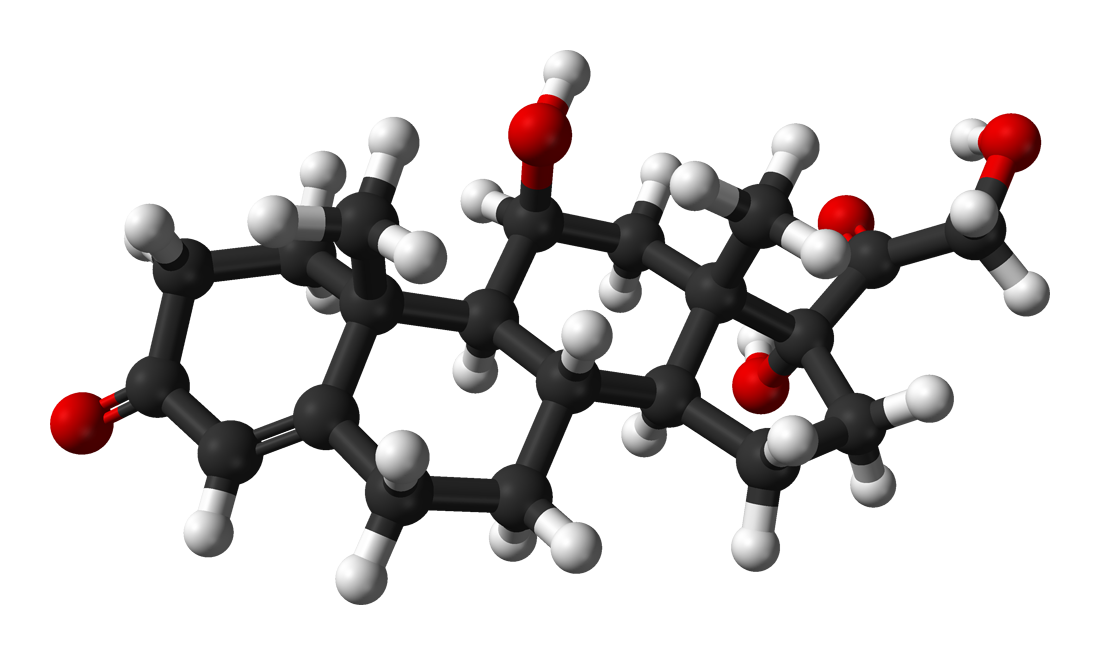| drug details | | 1 | | name | Hydrocortisone Cream 0.5% | | classification | Topical Glucocorticoid | | pharmacokinetics | Hydrocortisone is readily absorbed through the skin. The extent of absorption depends on the concentration, vehicle, and duration of application. It is metabolized primarily in the liver and excreted in the urine and feces. The drug's effect is primarily local; systemic absorption is minimal with proper use. | | suggested dosage | Apply a thin film of cream to the affected area 1-4 times daily. Follow the prescription instructions provided by the prescribing healthcare professional carefully. Do not exceed the recommended application frequency. | | indications | Treatment of mild to moderate inflammatory and pruritic dermatological conditions such as: atopic dermatitis, contact dermatitis, eczema, and pruritus ani and vulvae. | | safety in pregnancy | Hydrocortisone cream, in appropriate dosages, is generally considered safe during pregnancy. However, topical use should be performed as directed by a healthcare professional and with caution. Systemic absorption is a concern if used extensively and for long durations, thus it should be used sparingly when pregnant. Consult with an obstetrician or dermatologist if used for extended periods. | | safety in breastfeeding | Low systemic absorption of hydrocortisone cream is generally considered safe for breastfeeding mothers. However, it's crucial to discuss potential risks and benefits with a healthcare professional. | | side effects | | 1 | Skin irritation (e.g., redness, burning, itching) | | 2 | Thinning of the skin (atrophy) | | 3 | Striae (stretch marks) | | 4 | Skin discoloration | | 5 | Telangiectasia (small dilated blood vessels) | | 6 | Fungal infections (if used for long periods) | | 7 | Acne |
| | alternatives | | | contraindications | | 1 | Known hypersensitivity to hydrocortisone or any of the inactive ingredients. | | 2 | Active skin infections (e.g., herpes simplex, fungal infections) in the area to be treated, unless specifically directed by the healthcare professional. |
| | interactions | May interact with other topical medications. Tell your doctor about all medications you are currently taking. | | warnings and precautions | | 1 | Avoid contact with eyes, nose, or mouth. | | 2 | Do not use on large areas of the skin for long periods unless under the guidance of a healthcare professional. | | 3 | Use caution in patients with a history of skin thinning or other skin conditions. | | 4 | Do not use occlusive dressings unless specifically directed. | | 5 | Monitor for signs of fungal or bacterial skin infections. |
| | additional informations | The specific dosage and duration of treatment for hydrocortisone cream will vary depending on the severity and location of the skin condition. Always follow your physician's instructions. | | patient details | |
| | 2 | | name | Hydrocortisone Cream 1% | | classification | Topical Glucocorticoid | | pharmacokinetics | Hydrocortisone is readily absorbed through the skin. The extent of absorption depends on the concentration, vehicle, and duration of application. It is metabolized primarily in the liver and excreted in the urine and feces. The drug's effect is primarily local; systemic absorption is minimal with proper use. | | suggested dosage | Apply a thin film of cream to the affected area 1-2 times daily. Follow the prescription instructions provided by the prescribing healthcare professional carefully. Do not exceed the recommended application frequency. | | indications | Treatment of mild to moderate inflammatory and pruritic dermatological conditions. | | safety in pregnancy | Hydrocortisone cream, in appropriate dosages, is generally considered safe during pregnancy. However, topical use should be performed as directed by a healthcare professional and with caution. Systemic absorption is a concern if used extensively and for long durations, thus it should be used sparingly when pregnant. Consult with an obstetrician or dermatologist if used for extended periods. | | safety in breastfeeding | Low systemic absorption of hydrocortisone cream is generally considered safe for breastfeeding mothers. However, it's crucial to discuss potential risks and benefits with a healthcare professional. | | side effects | | 1 | Skin irritation (e.g., redness, burning, itching) | | 2 | Thinning of the skin (atrophy) | | 3 | Striae (stretch marks) | | 4 | Skin discoloration | | 5 | Telangiectasia (small dilated blood vessels) | | 6 | Fungal infections (if used for long periods) | | 7 | Acne |
| | alternatives | | | contraindications | | 1 | Known hypersensitivity to hydrocortisone or any of the inactive ingredients. | | 2 | Active skin infections (e.g., herpes simplex, fungal infections) in the area to be treated, unless specifically directed by the healthcare professional. |
| | interactions | May interact with other topical medications. Tell your doctor about all medications you are currently taking. | | warnings and precautions | | 1 | Avoid contact with eyes, nose, or mouth. | | 2 | Do not use on large areas of the skin for long periods unless under the guidance of a healthcare professional. | | 3 | Use caution in patients with a history of skin thinning or other skin conditions. | | 4 | Do not use occlusive dressings unless specifically directed. | | 5 | Monitor for signs of fungal or bacterial skin infections. |
| | additional informations | The specific dosage and duration of treatment for hydrocortisone cream will vary depending on the severity and location of the skin condition. Always follow your physician's instructions. | | patient details | |
|
|

